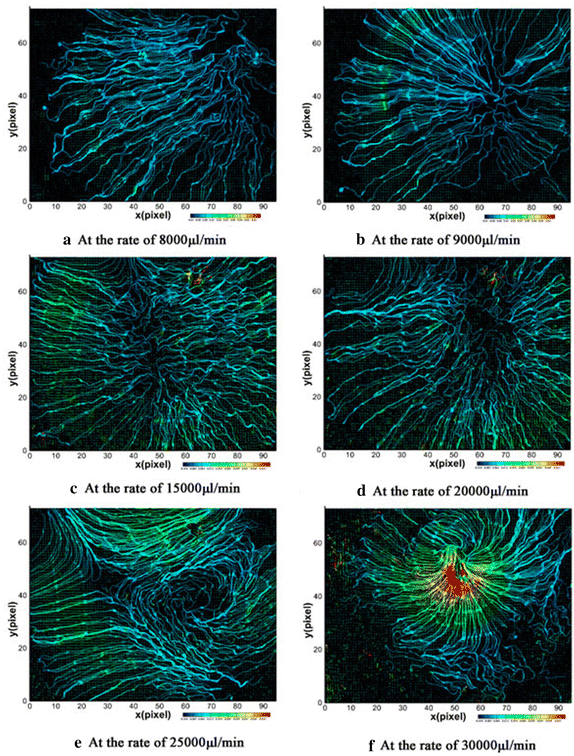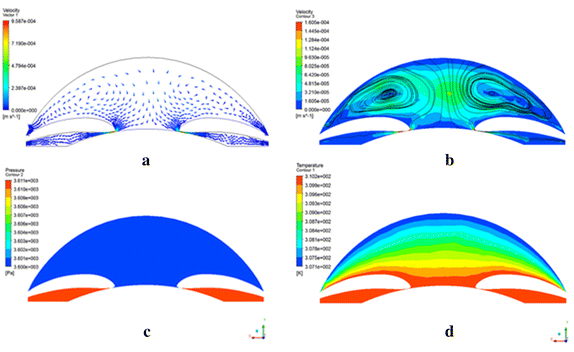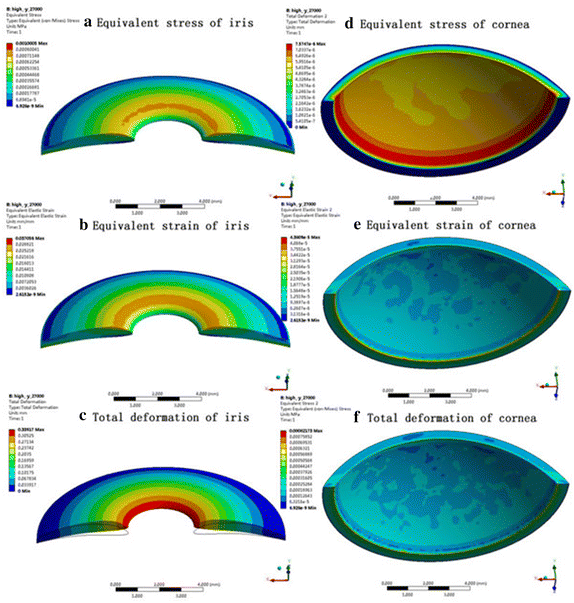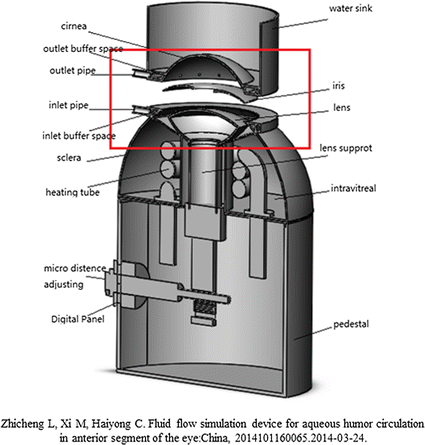Fluid and structure coupling analysis of the interaction between aqueous humor and iris
- PMID: 28155692
- PMCID: PMC5260046
- DOI: 10.1186/s12938-016-0261-3
Fluid and structure coupling analysis of the interaction between aqueous humor and iris
Erratum in
-
Erratum to: Fluid and structure coupling analysis of the interaction between aqueous humor and iris.Biomed Eng Online. 2017 Jan 19;16:22. doi: 10.1186/s12938-017-0312-4. eCollection 2017. Biomed Eng Online. 2017. PMID: 31305632 Free PMC article.
Abstract
Background: Glaucoma is the primary cause of irreversible blindness worldwide associated with high intraocular pressure (IOP). Elevated intraocular pressure will affect the normal aqueous humor outflow, resulting in deformation of iris. However, the deformation ability of iris is closely related to its material properties. Meanwhile, the passive deformation of the iris aggravates the pupillary block and angle closure. The nature of the interaction mechanism of iris deformation and aqueous humor fluid flow has not been fully understood and has been somewhat a controversial issue. The purpose here was to study the effect of IOP, localization, and temperature on the flow of the aqueous humor and the deformation of iris interacted by aqueous humor fluid flow.
Methods: Based on mechanisms of aqueous physiology and fluid dynamics, 3D model of anterior chamber (AC) was constructed with the human anatomical parameters as a reference. A 3D idealized standard geometry of anterior segment of human eye was performed. Enlarge the size of the idealization geometry model 5 times to create a simulation device by using 3D printing technology. In this paper, particle image velocimetry technology is applied to measure the characteristic of fluid outflow in different inlet velocity based on the device. Numerically calculations were made by using ANSYS 14.0 Finite Element Analysis. Compare of the velocity distributions to confirm the validity of the model. The fluid structure interaction (FSI) analysis was carried out in the valid geometry model to study the aqueous flow and iris change.
Results: In this paper, the validity of the model is verified through computation and comparison. The results indicated that changes of gravity direction of model significantly affected the fluid dynamics parameters and the temperature distribution in anterior chamber. Increased pressure and the vertical position increase the velocity of the aqueous humor fluid flow, with the value increased of 0.015 and 0.035 mm/s. The results act on the iris showed that, gravity direction from horizontal to vertical decrease the equivalent stress in the normal IOP model, while almost invariably in the high IOP model. With the increased of the iris elasticity modulus, the equivalent strain and the total deformation of iris is decreased. The maximal value of equivalent strain of iris in high IOP model is higher than that of in normal IOP model. The maximum deformation of iris is lower in the high IOP model than in the normal IOP model.
Conclusion: The valid model of idealization geometry of human eye could be helpful to study the relationship between localization, iris deformation and IOP. So far the FSI analysis was carried out in that idealization geometry model of anterior segment to study aqueous flow and iris change.
Keywords: Aqueous humor; Fluid–structure interaction; Intraocular pressure; Iris deformation; Mechanical properties.
Figures











References
-
- Caprioli J. The ciliary epithelia and aqueous humor. In: Hart WM, editor. Adler’s physiology of the eye: clinical application. St. Louis: C.V. Mosby Year-book; 1992. pp. 228–47.
MeSH terms
LinkOut - more resources
Full Text Sources
Other Literature Sources
Medical

